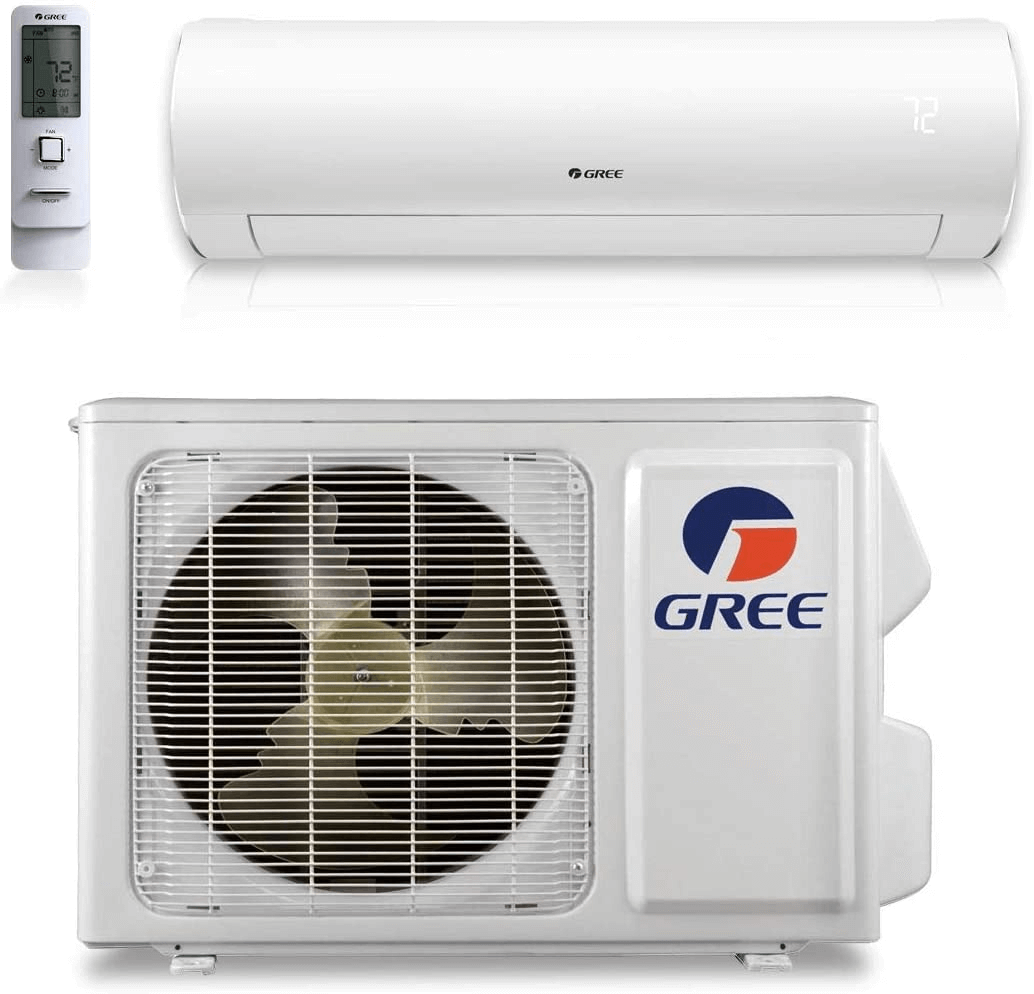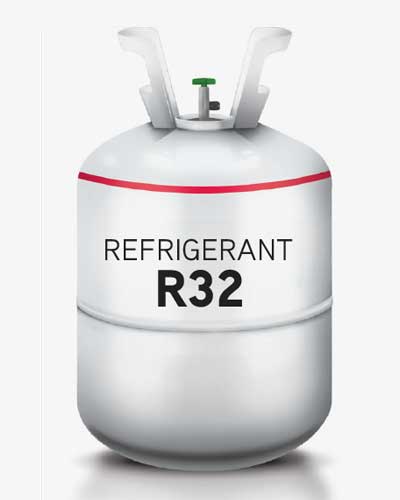
Mini-Splits in Attics: Why Attics Need Specialized Air Conditioning Considerations
Attics in homes often present a unique set of challenges when it comes to climate control. In older houses, attics can be spacious and, with the right modifications, transformed into comfortable, usable living or working spaces. However, these attic renovations hinge on the ability to effectively manage the heat that naturally accumulates there. Mini-splits offer a versatile solution, enabling efficient heating and cooling without the need to install cumbersome equipment directly in these attic spaces. This makes mini-splits an ideal choice for converting previously uninhabitable attics into pleasant, functional areas.
Conversely, attics in many newer homes are not designed with the potential for such transformation in mind. These spaces are often relegated to housing essential HVAC equipment. The issue here is the intense heat within these attics, especially during summer, which can exceed outdoor temperatures and significantly strain traditional HVAC systems. This not only affects the performance but can also lead to reduced serviceability due to the extreme heat conditions.
Mini-splits have many options for heating & cooling without needing to house the equipment directly in the attic, or unconditioned, unfinished spaces. Unlike traditional systems that reside in the attic, mini-split Have indoor unit options are installed outside of these hot, unconditioned spaces. This setup ensures that the HVAC equipment is not subjected to extreme attic temperatures, maintaining efficiency and prolonging the system's lifespan. This approach not only enhances the overall climate control of the house but also expands the possibilities for utilizing attic spaces more effectively, whether for storage or as part of the home's living area.
Can I put a mini-split in the attic?
The answer to this common question: As far as attics that will be transformed into usable spaces go, mini-splits can absolutely be installed in a top-floor attic space. They are often the best option for attic air conditioning. Attic spaces are notoriously difficult to connect to existing central HVAC systems, and even if you can manage to duct the attic space, the furnace fan will likely struggle to circulate the air sufficiently. Ducted HVAC systems can struggle to reach the far corners of the space. These are the last places in the home to receive cold air in the summer and warm air in the winter. Chances are, with a traditional HVAC system, the attic space will still be uncomfortably hot.
Mini-split systems are built to control the temperature of a single room or space. They are perfect for cooling down these attic spaces but certain considerations must be taken into account to get the most efficiency from the units. Attic spaces have the laws of thermodynamics working against them but with a few upgrades and improvements, the temperature in attic spaces can be easily regulated with a mini-split install.
The disadvantages of traditional HVAC systems in the attic
Traditional HVAC systems housed in attics face a major challenge: extreme temperatures. Attics, especially during summer months, can become incredibly hot due to their elevated location and often insufficient insulation. This excessive heat doesn't just affect the air temperature; it also impacts the HVAC equipment's efficiency. High temperatures in the attic can lead to the HVAC system working overtime, struggling to maintain a consistent and comfortable temperature in the living spaces below. This not only decreases the system's efficiency but also increases energy consumption, leading to higher utility bills.
Furthermore, servicing traditional HVAC systems in the attic presents its own set of difficulties. Technicians often find it challenging to access and work on these systems due to the extreme heat and cramped space. This can delay necessary repairs or maintenance, potentially leading to prolonged discomfort in the living areas. Additionally, the hot attic environment can exacerbate issues like condensation and ductwork sweating. These problems are not just a nuisance; over time, they can lead to more significant issues like mold growth or structural damage, requiring costly repairs and potentially affecting indoor air quality.
Energy savings from mini-splits in attics
Mini-splits can be entirely ductless, meaning they don’t have the same energy losses associated with traditional forced-air systems, which lose energy through leaky ductwork. Coupled with the ability to create zoning through multi-zone systems, mini-splits are the most efficient heating and cooling option currently available. With ducted systems, the zoning is connected through ducted zone dampers, which often requires a bypass damper, because the system still has to move enough air for the entire system. With ductless mini-splits, you’re zoning through refrigerant flow, and you have a system that is variable to the demand it’s under per zone.
Installation considerations for attic mini-splits
Poor insulation and ventilation are two of the biggest issues with attic spaces. These spaces will get stiflingly hot in the summer and cold in the winter. Spending the time and money to insulate the attic space will increase the effectiveness of the mini-split once installed. In an attic with insufficient insulation, a fair amount of the cold air produced from the mini-split will be lost, resulting in higher energy bills. Luckily, this can be remedied by sealing air gaps and improving insulation in the attic space.
Attics also face ventilation issues, but properly positioning the air-handler can overcome this. The mini-split head should be mounted high up on the wall in a central area for efficient cooling. Cold air from the air handler will naturally fall and help to move air around the space.
With a few considerations, mini-splits can create optimal comfort in attics and other top-floor spaces that are difficult to regulate and maintain temperature.
In conclusion, mini-split systems offer an innovative and efficient solution for transforming hot and underutilized attic spaces into comfortable and functional areas. With their ductless design, energy-saving capabilities, and ease of installation, mini-splits are a top choice for regulating attic temperatures.
For contractors looking to provide the best climate control solutions to their clients, don't forget to explore our System Builder Tool. It's a powerful resource that allows you to design custom HVAC systems tailored to your client's specific needs. GREE's mini-split heat pumps provide the ideal climate control experience for homeowners and businesses alike, combining efficiency with heating and cooling capabilities.
If you have questions about installing GREE mini-split systems, we invite you to explore our instructional videos, FAQ page, and our fantastic system documentation. For business or homeowners seeking expert guidance, visit our contractor locator page to connect with a certified GREE installation specialist in your area. Our licensed technicians will help you determine the best HVAC solution for your home, ensuring year-round comfort.





